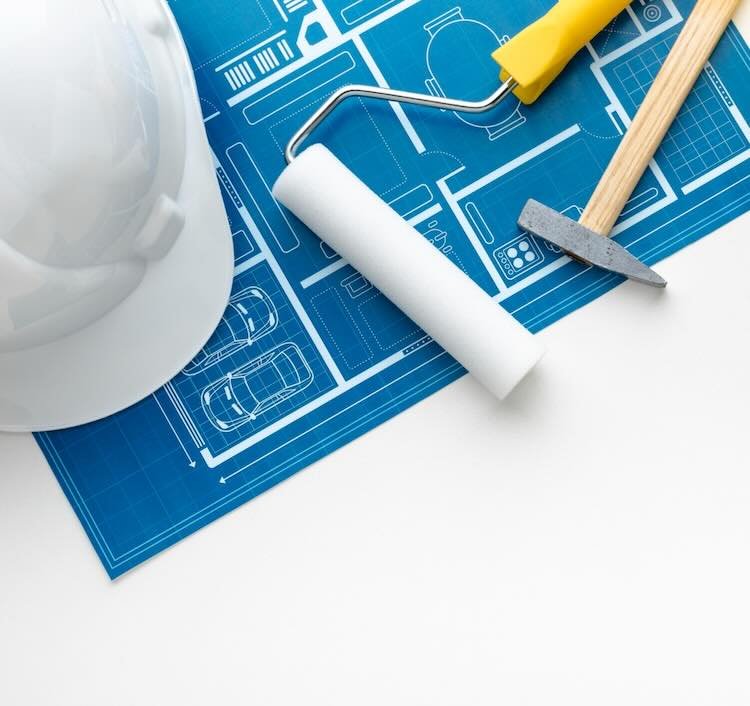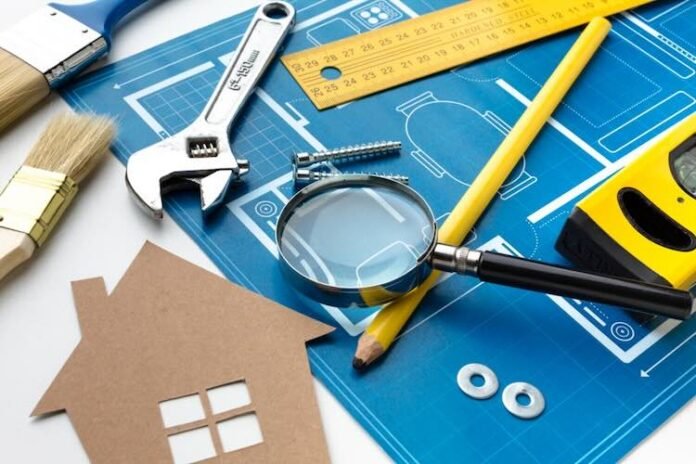The way you handle equipment, security, and cleanliness in your place of business sets the stage for how the entire operation performs – and there’s more to it than surveillance and scheduled inspections.
Here’s how keeping your facilities in top order impacts the safety and productivity of your workforce.
Tend to Your Floors
You want people to move safely and get from place to place without delay. Commit to avoiding cracks someone might trip on and germ colonies that pose respiratory and dermatological hazards. Regular vacuuming, washing, scrubbing, sweeping, stripping, or waxing can prevent floor damage and increase the surface’s longevity.
Pay special attention to high-traffic areas. Hard floors that can take a lot of wear and tear include wood, granite, concrete, steel, marble, ceramic, and tile. Soft flooring like carpets, rugs, rubber, glass, vinyl, cork, or linoleum will need occasional stain removal and deep-cleaning to extract the dirt they accumulate.
Do Sweat the Small Stuff
Stemming from the previous point, insist on fixing every single small issue as soon as it arises. It might be tempting to delay the tiny things when you have a tight deadline or high-priority target, but try to resist. They stack. It’s easy to forget a small issue unless you handle it immediately, and then it has the opportunity to grow and escalate into a serious hazard or a full-blown emergency.
Keep an eye on things like rust on the machinery, strange sounds from the equipment, the response times of your devices, etc. In terms of the space itself, remember to look at ceilings, tiles, grout, insulation, doors, windows, and stairways.
Most of the time, whatever’s wrong will take no more than a few minutes to remedy. Investing those few minutes early will help you avoid downtime, minimize team disruptions across departments, reduce long-term costs, and maximize the lifespan of your spaces and equipment.
Don’t Do It All Alone
One of the key aspects of effective maintenance is knowing when to call in the pros. Sometimes it simply isn’t worth the risk to diagnose or troubleshoot yourself, especially if the problem is not closely related to the nature of your business. For example, an issue with the water distribution and drainage systems will be out of the scope of an electric engineering facility’s everyday maintenance crew.
It’s perfectly fine to handle minor or stop-gap things in-house, but don’t hesitate to ask for third-party support in serious scenarios. In the above example, your course should be to contact the best plumbers in the area, describe the problem, have them come for an inspection, and ask for recommended action and a quote.
If it’s not an immediate emergency, you can ask for a second opinion and shop around if you’d like, but if it is, you can relax because you already have the top people for the job right there on the spot.
Invest in Ergonomics
Whether they’re sitting or standing, make sure your employees are comfortable while they work. Supportive chairs, adaptable desks, smart storage, air purifiers, wrist rests and ergonomic mouse pads etc. all contribute to the well-being of the workers, which translates to better focus, more energy, and ultimately better productivity. Also, quality furniture gives your offices a luxurious feel, which can actually improve your business sales.
Additionally, give everyone breaktime complementary to the work they do. Sedentary office workers need to stand, stretch and move several times throughout their day. Likewise, people on assembly lines and other standing workstations need to sit and rest their feet, knees, and spine. Promoting physical health in the workplace improves both safety and morale.
Supplies vs. Clutter

Running out of materials, components, stationery, or even software licenses inflicts stress on the entire productivity funnel, causes bottlenecks, and results in unnecessary disruptions. Stockpile essentials to avoid this and make sure all departments have ample storage space for their needs, including digital storage.
Keep a running inventory of non-staple but frequently needed supplies and replenish them in a timely fashion. Consider implementing a system where employees can request what they need or point out a surplus they noticed: frontline teams typically have better real-time insight into inventory fluctuations.
However, don’t succumb to clutter. It’s tempting to hoard for “just in case”, but that makes it harder to locate important things when you need them. Keep your inventory streamlined by having dedicated declutter times, e.g. annually for components or quarterly for stationery. Get rid of anything outdated, obsolete, unnecessary, or damaged. To avoid the increase in waste production that this might cause, establish programs for recycling and donation.
To sum up, taking care of your facilities encompasses a lot more than standard preventive maintenance. It includes supply management, inventory decluttering, and being mindful of details we rarely think about, like employees’ posture and the floors they walk on.
Most importantly, know when to leave an issue to other professionals. It’s in the best interest of your bottom line if every workplace safety issue is handled by the person or team best equipped for the job.

